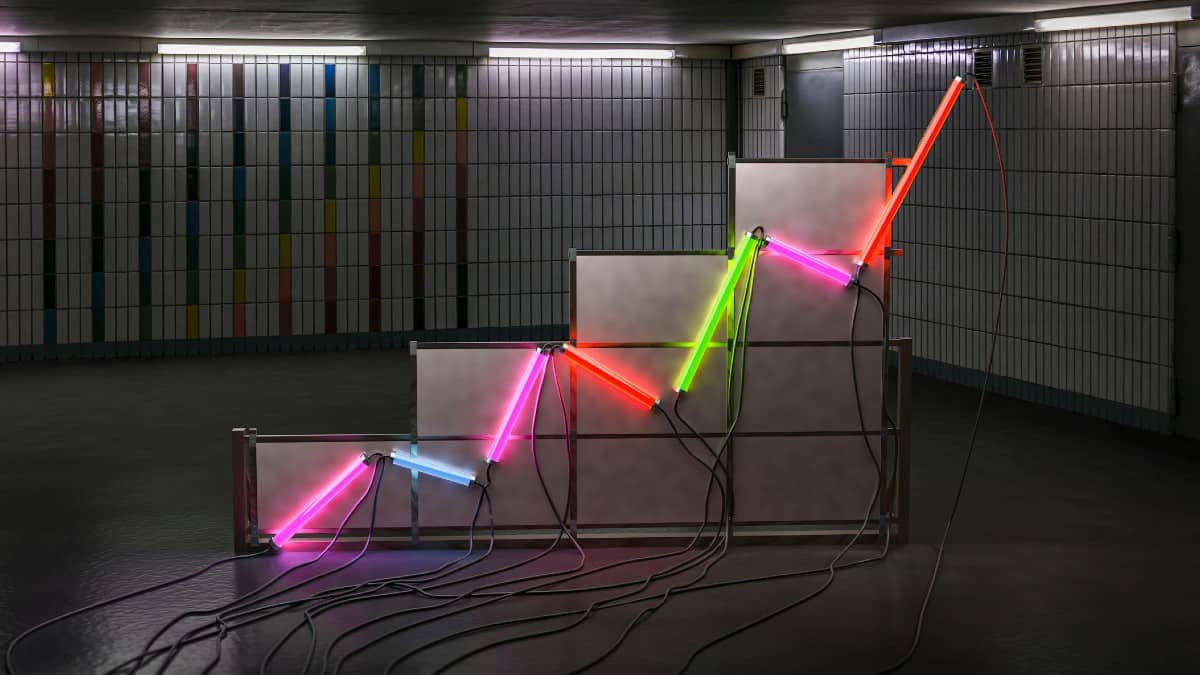Unlock the Editor’s Digest for free
Roula Khalaf, Editor of the FT, selects her favourite stories in this weekly newsletter.
Google has ordered six to seven small modular nuclear reactors (SMRs) from Kairos Power, becoming the first tech company to commission new nuclear power plants to provide low-carbon electricity for its energy-hungry data centres.
Google and Kairos said on Monday that the tech company had placed an order for SMRs with a total capacity of 500MW, helping Kairos, a seven-year-old start-up, to bring its first commercial reactor online by 2030 and additional reactors by 2035.
The agreement was “a landmark for us at Google in our 15-year clean energy journey”, said Michael Terrell, the company’s senior director of energy and climate.
“We feel nuclear can play an important role in helping us to meet our demand, and helping us to meet our demand cleanly and round the clock,” he said.
Asked if the reactors would feed into the grid or be directly connected to data centres, Terrell said Google was considering all options.
The two companies declined to comment on the agreement’s value, or on whether Google would fund the construction of the SMRs upfront or simply pay for power once they were built.
Last month, Microsoft announced that it would commit to buying 20 years’ supply of electricity from the mothballed US nuclear power plant Three Mile Island if Constellation Energy restarted the site. Tech companies are increasingly interested in nuclear as a medium-term solution to providing low-carbon electricity to meet their data centres’ energy demands.
Google’s deal with Kairos is the first in which a tech company is helping to commission the building of a nuclear power plant. The US has brought only three reactors online in the past 20 years.
Terrell said SMRs offered “a simplified, inherently safe design, faster construction, and flexibility on deployment location” compared with large- scale nuclear plants. “Obviously, this is a bit of a longer-term bet, but it is an incredibly promising bet. If we can get it to scale globally, this will deliver enormous benefits to power grids around the world.”
While Google was leaning “heavily” on renewable energy to power its data centres, Terrell added, its modelling had made clear “that to really get grids to be carbon-free it will take more than just wind, solar and lithium ion storage; you are going to need this next set of advanced technologies”.
Kairos, based in Alameda, California, has developed a reactor cooled by molten fluoride salt, rather than water. In December, it received a construction permit from the US Nuclear Regulatory Commission to build a 50MW demonstration reactor in Tennessee called Hermes.
This was the first approval for a new type of reactor in the US for half a century. The US Department of Energy is investing about $300mn in Kairos’s Hermes project through its Advanced Reactor Demonstration programme.
The US has thrown its weight behind companies seeking to build smaller nuclear reactors that can be built in factories and assembled on site, in order to cut costs and speed up the construction of plants.
Kairos’s molten salt reactor uses ceramic-coated TRISO fuel and operates at close to atmospheric pressure, transferring heat from the salt to generate steam and run a turbine.
The company began construction on its Hermes project in July and is aiming for it to be operational by 2027. In September, it said it would build a salt-production facility and two fuel labs in Albuquerque, New Mexico.
Mike Laufer, Kairos’s chief executive, said the commercial-scale SMRs that the company planned to build for Google would have a capacity of 75MW and that the company was focusing on the US market.
Credit: Source link














